Essential Project Management Tools for Game Developers
06 December 2024Want to build the next Astrobot, Neva, or Black Myth Wukong?
Planning your game is a lot like herding cats. Project management for such an endeavor sounds doable in theory, but in practice? Absolute chaos. You’ve got ideas sprinting everywhere, deadlines lurking in the corner like a final boss, and feature creep casually showing up to ruin your life. To top it all off, things can change at the drop of a hat.
This is where project management tools for game developers save the day. Building your indie game dream doesn’t have to be a nightmare. Think of these as your in-game inventory: the potions, maps, and power-ups you need to defeat the beast that is disorganization.
Whether you’re working solo, as a small team, or convincing your roommate to “test this level real quick,” these project management tools for game development will keep your game dev journey smooth, neat and (mostly) stress-free!
Why Planning Is the True First Boss of Game Development
Before we get into the project management tools for game development, let’s answer the obvious question:
Why does planning matter? After all, you’re here to make games, not spreadsheets.
Here’s the thing. Making a game is like building a pizza from scratch. You can’t throw everything in the oven and hope it works. Project management is the dough that holds everything together, ensuring your sauce (art), cheese (code), and toppings (game mechanics) don’t end up a burnt mess and falling to the bottom of the oven.
A good plan will:
- Help you prioritize tasks. (Spoiler: Start with making the crust, the pineapple debate can wait)
- Keep track of assets, deadlines, and that one idea you had at 2 a.m.
- Make you look like you have your life together when there’s a good chance you don’t.

The Ultimate Project Management Tools for Indie Game Developers
Here’s where we arm you with project management tools to organize, brainstorm, and stay on track. We’ve broken them into categories, so you can pick what suits your needs—or your vibe.
1. Task Management: Turning Chaos Into Checklists
Think of task management as your to-do list, but upgraded with XP, multiplayer, and way fewer sticky notes. These project management tools help you organize tasks, set deadlines, and finally finish that one thing you’ve been “totally working on” for weeks.
Trello is like the fairy godmother of task management. It’s simple, visual, and totally free. Create boards for your project, lists for each phase (concept, design, code), and cards for tasks. Drag and drop them around as you work—satisfying and productive.
Fun Fact, the indie horror hit Phasmophobia was organized using a publicly available Trello board. The dev shared their process with fans, making it an inspiring example for aspiring developers.
- Pro Tip: Label your tasks by type (art, sound, bug fixes). Bonus points if you use emojis to make it fun. 🐛 = bug, 🎨 = art, 🔧 = “why isn’t this code working?!”
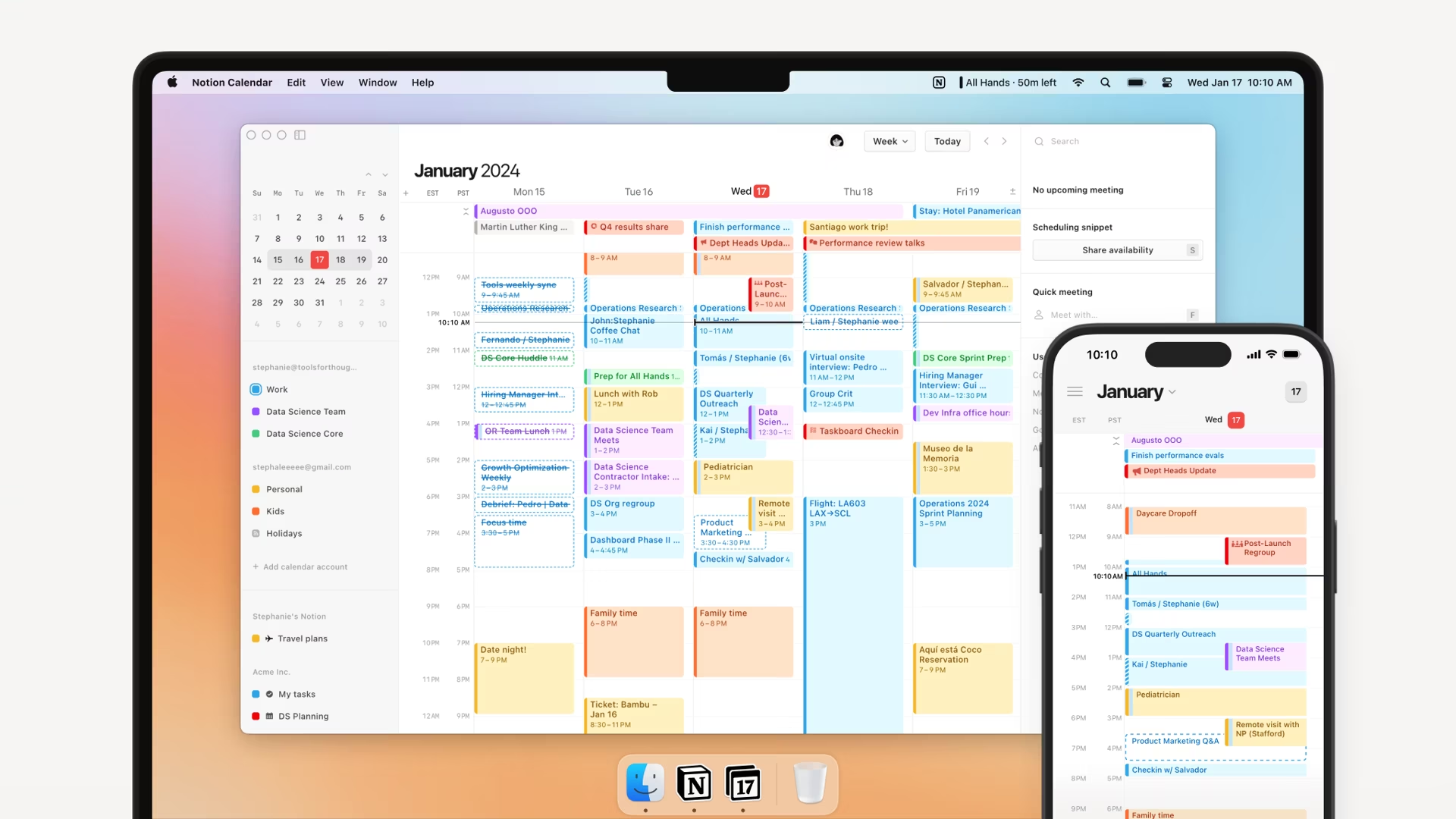
Notion is the overachiever in the classroom—it does everything. Take notes, plan your GDD, and manage tasks all in one sleek workspace. Its modular design makes it perfect for devs who like to customize their workflows. Want a dedicated page for tracking bugs? Done. Need a dashboard for brainstorming? Easy.
Notion adapts to you, not the other way around.
- Best For: Solo devs who love everything in one place, like a perfectly organized inventory.
If Trello was bitten by a radioactive game dev, you’d get HacknPlan. It’s a project management tool specifically for game developers, with built-in design documentation. Track sprints, manage assets, and detailed progress metrics to boot.
- Game-Changing Feature: It syncs with Discord, so your team can argue about task priorities in real-time.
ClickUp is like a level editor for task management—it’s fully customizable. Create kanban boards, timelines, and Gantt charts (aka “that fancy chart from work”). It’s great for small teams who want a bit more power under the hood.
Microsoft’s task manager has no frills, bells, or whistles. It’s perfect for solo devs who just want a simple to-do list to check off EOD. Bonus: It syncs with other Microsoft tools if you’re in that ecosystem.
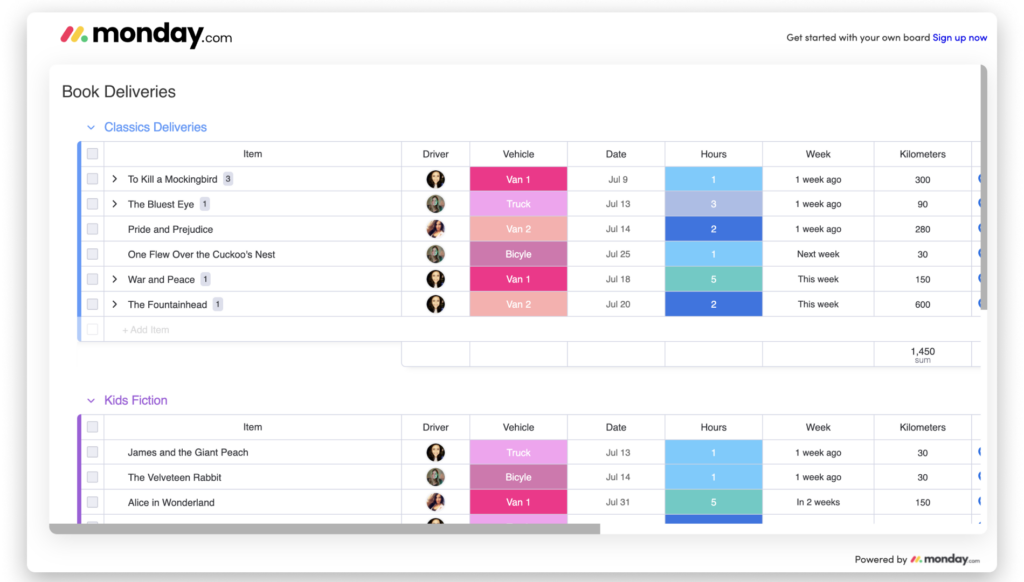
If Trello and Asana had a baby with excellent UI, it would be Monday.com. It’s perfect for visual thinkers who like seeing their entire project at a glance. As a personal favorite of ours, it does exactly what we need it to do with minimal friction.
Visual task-tracking tool with robust collaboration features. Asana is intuitive, making it great for teams transitioning from sticky notes to something digital. Track progress, assign tasks, and keep everyone in sync.
Author’s Advice: Project management is where your indie game lives or dies. When I worked on worldbuilding for a project, I used Trello religiously to track everything from lore building to card designs. Tools like HacknPlan are a lifesaver for task tracking, especially if you’re managing assets or collaborating with a small team. One more thing. Stick to one tool to avoid “tool fatigue” and landing right back where you started.
2. Brainstorming: Mapping Out Your Masterpiece
Great games start with great ideas. These tools help you brainstorm mechanics, storylines, and level designs like the creative genius you are.
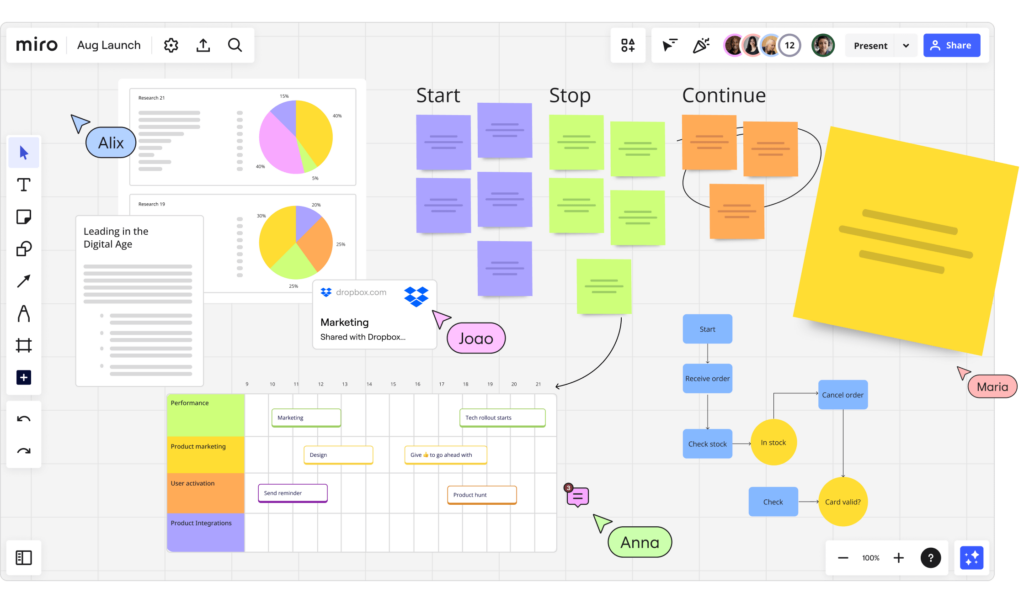
Miro is an online whiteboard where you can sketch out ideas, build mind maps, or plot story branches. Perfect for showing off your creative chaos to your team—or yourself.
- Collaborator’s Dream: It’s like that big whiteboard in detective movies, but digital. And yes, you can color-code everything.
Whimsical is Miro’s artsy cousin. It’s polished, intuitive, and lets you create flowcharts, wireframes, and maps. Ideal for visual thinkers who want their ideas to look as good as they sound.
Simple, clean, and perfect for creating mind maps in minutes. Use it to brainstorm everything from combat mechanics to dialogue options.
- Pro Tip: Create a mind map for “things we’re not adding” to stop feature creep before it begins.

A hidden gem for Apple fans, Concepts is a minimalist, intuitive tool for sketching out ideas. Whether you’re plotting level layouts or jotting down quick notes, it’s perfect for developers on the go.
Author’s Advice: Miro is where ideas go to become game-ready. Your brainstorming chaos transforms into coherence. If you’re a visual thinker, regular text based tools can feel like a prison. Whimsical is also worth exploring, especially if you’re all about keeping your visuals clean. Here’s something I do: create a “discarded ideas” board—sometimes those “meh” ideas evolve into gold down the road.
3. Agile Development: What Even Is Agile, Anyway?
Agile development sounds intimidating until you realize it’s just fancy talk for “work in small chunks, then adjust.” Imagine baking a cake one layer at a time. Agile is like tasting each layer as you go, instead of finding out the whole thing’s salty at the end.
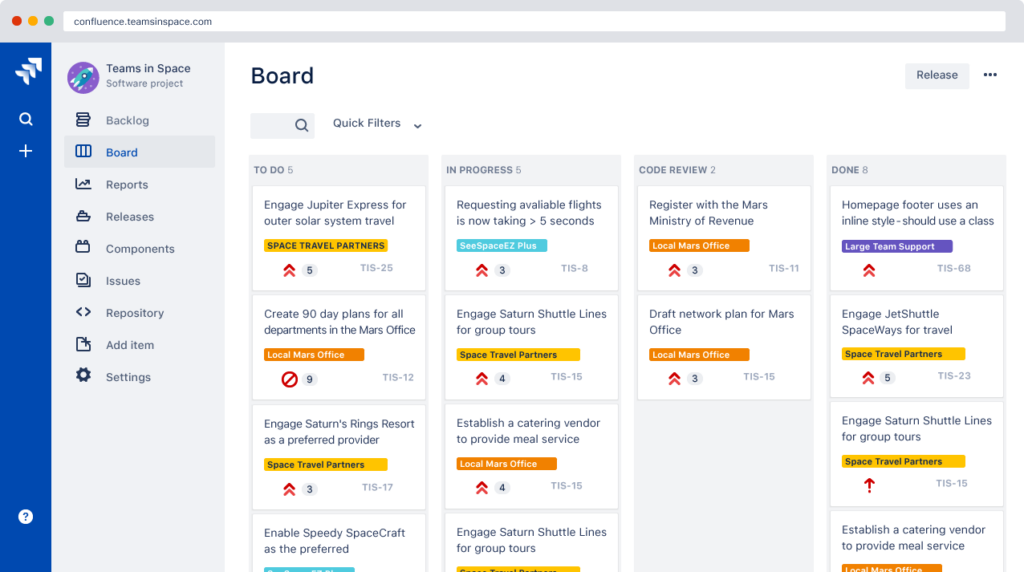
Jira is the boss fight of agile tools. It’s powerful, but maybe a bit overkill for solo devs. Perfect for larger teams who want to track bugs, sprints, and progress.
Taiga is like Jira’s indie sibling. It’s open-source, agile-focused, and totally free. Great for small teams or devs who want to dip their toes into sprints and backlogs.
Favro is the cool kid in the agile tool world—flexible, visual, and great for brainstorming and sprint management. Plus, it has integrations for everything from GitHub to Google Drive.
Author’s Advice: I’m not gonna lie—agile frameworks can feel like overkill if you’re working solo. But for team projects, tools like Taiga make sprints and backlogs surprisingly manageable. Start small: plan a two-week sprint, tackle specific features, and adjust as you go. Agile doesn’t care about being fancy; it cares about finishing things.
4. Documentation: Keeping Your GDD (and Sanity) Intact
Your Game Design Document (GDD) is the holy grail of planning. These tools help you organize every brilliant idea you’ve had (and some of the bad ones, too).

Tried and tested, simple, free, and collaborative. Google Docs is perfect for drafting your GDD, writing dialogue, or jotting down every random idea that pops into your head at 3 a.m.
- Pro Tip: Use headings to create an outline. It’s like a mini-table of contents for your genius. They also just recently added Tabs for Google docs, which works like a charm for collating everything into one document.
AirTable is like a spreadsheet and a database had a baby. Use it to track assets, quests, NPCs, or anything else that needs organizing.
So you’ve made your holy grail, the GDD. Your notebook contains your harebrained doodles, and dreams for this project. Time to build your personal wiki. Meet Obsidian. It’s markdown-based, and you can link notes together to create an interconnected web of ideas. Perfect for lore-heavy games.
Though typically used for writers, Scrivener is a fantastic tool for organizing long-form game narratives, dialogue, or lore. It’s particularly useful for text-heavy games or RPGs.
Author’s Advice: I’ve used Scrivener to build entire bodies of work (think notes for trilogies, spinoffs, novellas, and that one prequel idea). For game devs, tools like Obsidian are great for interlinking ideas, while AirTable helps track assets and NPC data. Oh, and a heads-up: Google Docs starts glitching out at 300+ pages. Ask me how I know (RIP my original docs).
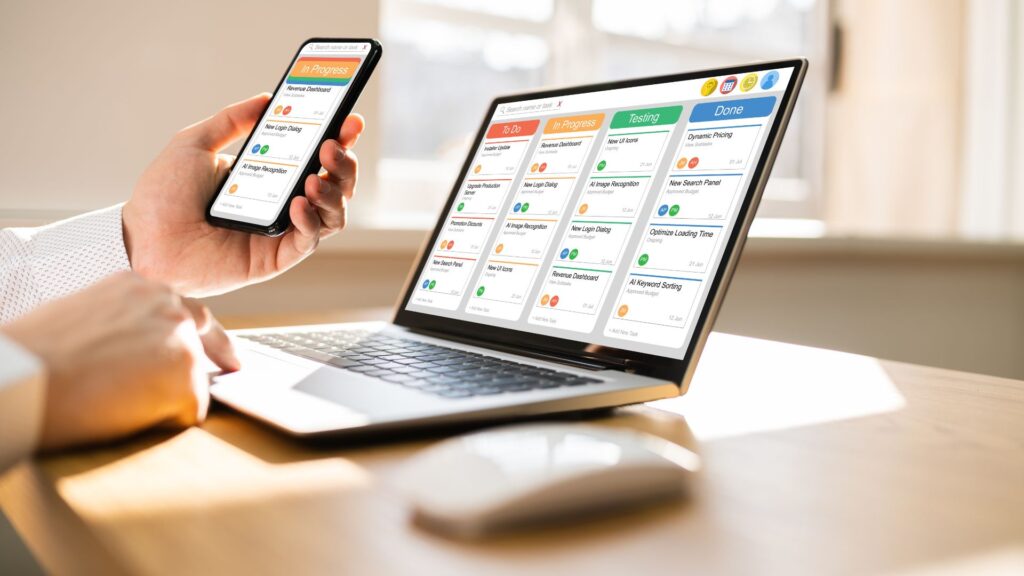
Final Thoughts: Planning Is Your IRL Power-Up
Game development is a journey, and planning is the key to keeping your sanity intact. Whether you’re a spreadsheet lover or a visual thinker, there’s a project management tool here for you. The best part? Once you’ve got a plan, you can stop stressing about “what’s next” and focus on the fun part—making your game!
Need guidance on other aspects of game development? Check out our ultimate guide to game development tools for indie devs here!
Your Turn: What’s your go-to project management tool for game development? Drop your favorites in the comments and help your fellow devs level up their planning game. Now go forth, and may your Trello boards always be tidy!
– Ameera Rahaman | Content Manager

